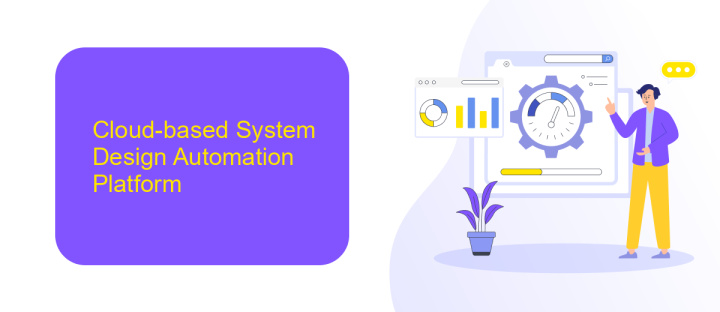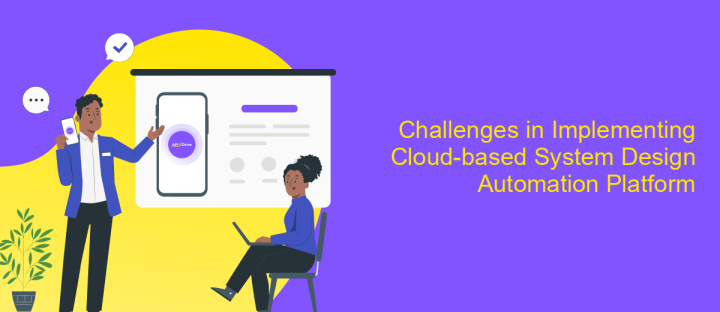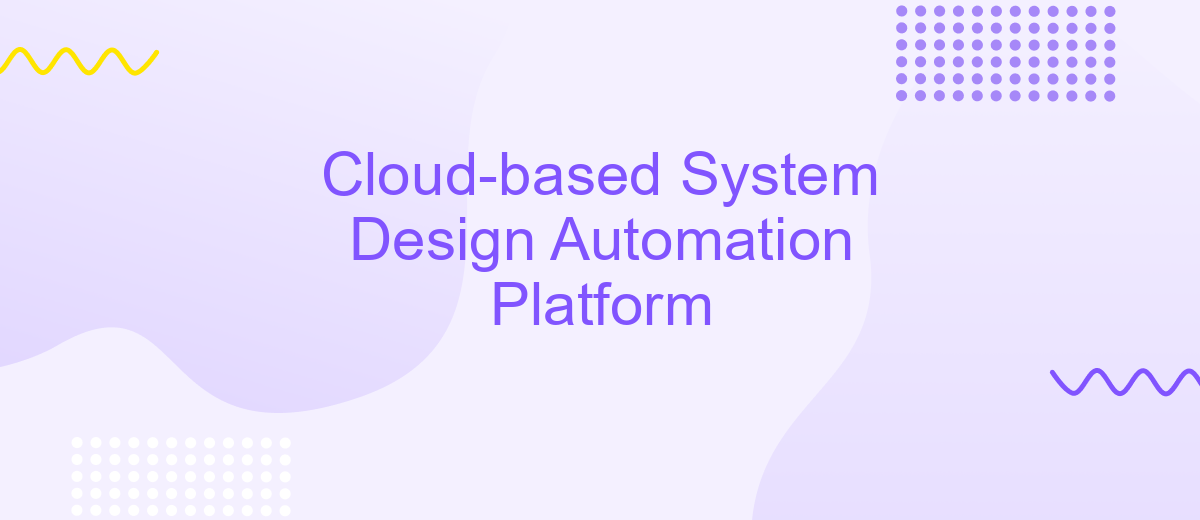Cloud-based System Design Automation Platform
The Cloud-based System Design Automation Platform revolutionizes the way engineers and designers approach complex system development. By leveraging the power of cloud computing, this platform offers unparalleled scalability, flexibility, and collaboration opportunities. Users can seamlessly integrate various design tools and workflows, enabling efficient project management and accelerated innovation. This platform not only reduces costs but also enhances productivity, making it an indispensable resource for modern engineering teams.
Introduction
In today’s rapidly evolving technological landscape, the demand for efficient and scalable system design has never been higher. Cloud-based System Design Automation Platforms have emerged as a pivotal solution, offering unparalleled flexibility and resource optimization. These platforms empower engineers and designers to leverage cloud computing capabilities, enabling them to design, simulate, and verify complex systems with increased efficiency and reduced costs.
- Scalability: Cloud resources can be scaled up or down based on project demands.
- Cost Efficiency: Pay-as-you-go models reduce upfront infrastructure investments.
- Collaboration: Teams across the globe can collaborate seamlessly in real-time.
- Accessibility: Access design tools from anywhere, at any time.
As industries continue to embrace digital transformation, the adoption of cloud-based design platforms is set to accelerate. These platforms not only streamline the design process but also foster innovation by providing a robust infrastructure for experimentation and development. By harnessing the power of the cloud, organizations can enhance productivity, reduce time-to-market, and maintain a competitive edge in the ever-changing global market.
Cloud-based System Design Automation Platform

Cloud-based System Design Automation Platforms are revolutionizing the way businesses approach system architecture and development. By leveraging cloud technology, these platforms provide scalable, flexible, and efficient solutions for designing complex systems. They enable teams to collaborate in real-time, reducing the time and resources needed to bring projects from concept to completion. With features like automated testing, version control, and deployment processes, organizations can ensure high-quality outcomes while minimizing human error.
Integrating various tools and services is a critical aspect of these platforms, and solutions like ApiX-Drive play a vital role in streamlining this process. ApiX-Drive offers seamless integration capabilities, allowing users to connect disparate applications and automate workflows effortlessly. This enhances productivity and ensures data consistency across platforms. By utilizing such services, businesses can focus on innovation and strategic initiatives, rather than being bogged down by technical challenges. As a result, cloud-based system design automation platforms are becoming indispensable in the digital transformation journey of modern enterprises.
Benefits of Cloud-based System Design Automation Platform

Cloud-based system design automation platforms offer transformative advantages for businesses seeking efficiency and scalability. By leveraging the cloud, these platforms provide seamless integration, enabling teams to collaborate in real-time from anywhere in the world. This flexibility not only accelerates the design process but also reduces the need for costly on-premises infrastructure.
- Scalability: Easily scale resources up or down based on project demands, ensuring optimal performance without over-provisioning.
- Cost Efficiency: Pay-as-you-go models eliminate the need for significant upfront investments in hardware and software.
- Accessibility: Access the platform from any device with an internet connection, facilitating remote work and collaboration.
- Automatic Updates: Benefit from regular updates and maintenance managed by the provider, ensuring the latest features and security enhancements.
- Data Security: Advanced security protocols protect sensitive design data, offering peace of mind to organizations.
Adopting a cloud-based system design automation platform empowers organizations to innovate rapidly while maintaining control over costs and resources. This approach not only enhances productivity but also fosters a collaborative environment where teams can focus on creative solutions rather than technical constraints. As a result, businesses can stay competitive in an ever-evolving digital landscape.
Challenges in Implementing Cloud-based System Design Automation Platform

Implementing a cloud-based system design automation platform presents several significant challenges. One of the primary issues is ensuring data security and privacy, as these platforms often handle sensitive design information. Protecting this data from unauthorized access and breaches is crucial, requiring robust encryption and access control mechanisms.
Another challenge is achieving seamless integration with existing systems and workflows. Many organizations have legacy systems that may not be easily compatible with new cloud-based solutions, necessitating extensive customization and adaptation efforts. Additionally, ensuring high availability and reliability of the platform is essential to prevent downtime and maintain user trust.
- Data security and privacy concerns
- Integration with legacy systems
- Ensuring high availability and reliability
- Scalability to handle varying workloads
- Managing costs associated with cloud resources
Addressing these challenges requires a comprehensive strategy that includes investing in advanced security measures, developing flexible integration solutions, and optimizing resource management to control costs. By tackling these issues head-on, organizations can successfully implement a cloud-based system design automation platform that meets their needs while maintaining efficiency and security.


Conclusion
The Cloud-based System Design Automation Platform represents a significant advancement in the realm of digital infrastructure, offering scalable and efficient solutions for modern businesses. By leveraging cloud technologies, this platform facilitates seamless integration and automation, reducing the complexity and time required for system design. The inherent flexibility of cloud-based systems allows organizations to adapt swiftly to changing demands, optimizing resources and enhancing productivity. Moreover, the platform's ability to handle vast amounts of data ensures that businesses can make informed decisions with real-time insights.
Incorporating integration services such as ApiX-Drive further enhances the platform's capabilities, enabling effortless connectivity between different applications and systems. ApiX-Drive simplifies the integration process, allowing users to automate workflows without extensive coding knowledge. This not only streamlines operations but also empowers businesses to focus on core objectives rather than technical challenges. In conclusion, the Cloud-based System Design Automation Platform, augmented by integration tools like ApiX-Drive, positions itself as an indispensable asset for companies aiming to innovate and thrive in a competitive landscape.
FAQ
What is a cloud-based system design automation platform?
How does a cloud-based platform improve collaboration among team members?
What are the benefits of using a cloud-based platform for system design?
How can I integrate a cloud-based system design platform with other tools I use?
What security measures are typically in place for cloud-based system design platforms?
Apix-Drive will help optimize business processes, save you from a lot of routine tasks and unnecessary costs for automation, attracting additional specialists. Try setting up a free test connection with ApiX-Drive and see for yourself. Now you have to think about where to invest the freed time and money!

